RECOMMENDED NEWS

How to Keep Your Pet Hydrated: Tips for Proper Water Intake
Why Hydration is Non-Negotiable for PetsWater regulates body temperature, aids digestion, flushes to...
Read More →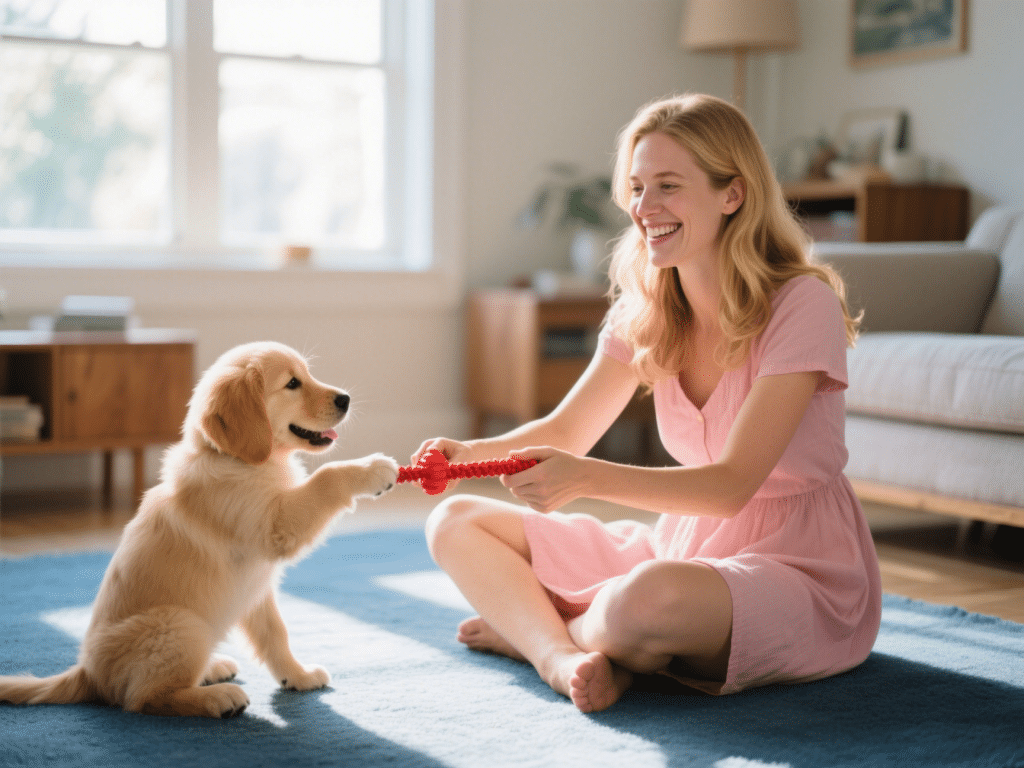
How to Build a Strong Bond with Your Pet: Tips for Connecting with Your Animal
How to Build a Strong Bond with Your Pet: Tips for Connecting with Your AnimalThe profound connectio...
Read More →
Caring for Exotic Pets: What You Should Know Before You Adopt
Beyond the Novelty: Responsible Exotic Pet OwnershipExotic pets – reptiles, amphibians, birds, and...
Read More →
How to Choose the Best Pet Supplies: A Comprehensive Buyer’s Guide
How to Choose the Best Pet Supplies: A Comprehensive Buyer’s GuideNavigating the vast world of pet...
Read More →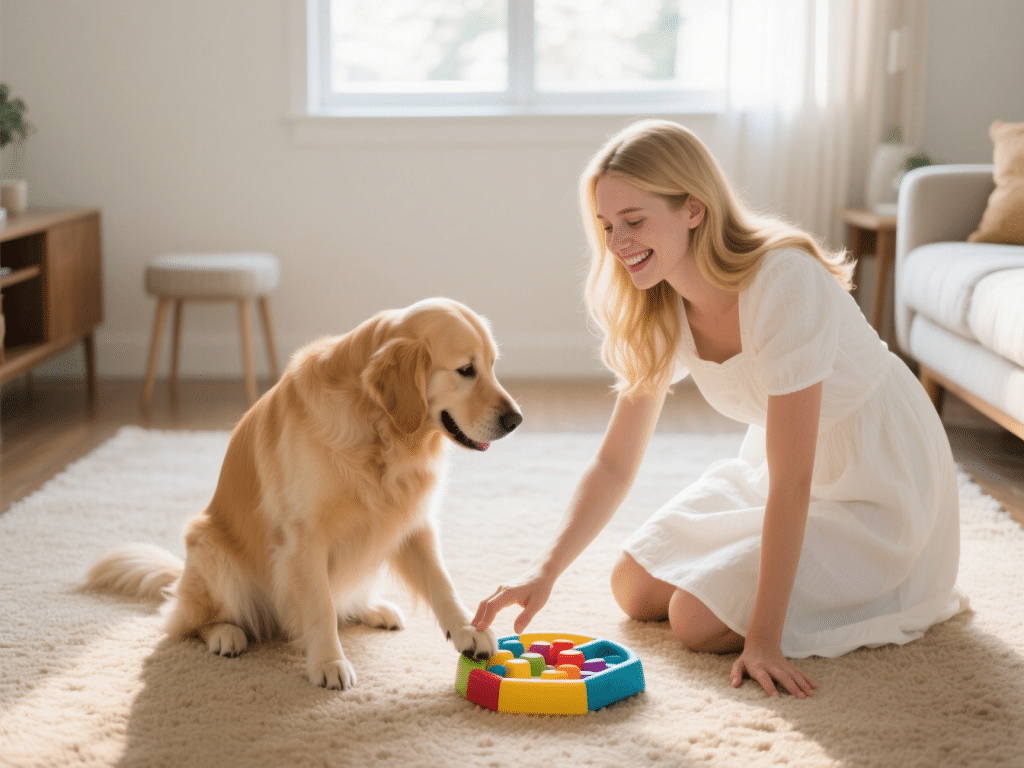
Pet Enrichment: Creating a Stimulating Environment for Your Pet
Beyond Basics: Why Pet Enrichment is EssentialEnrichment isn’t luxury; it’s fundamental to pet w...
Read More →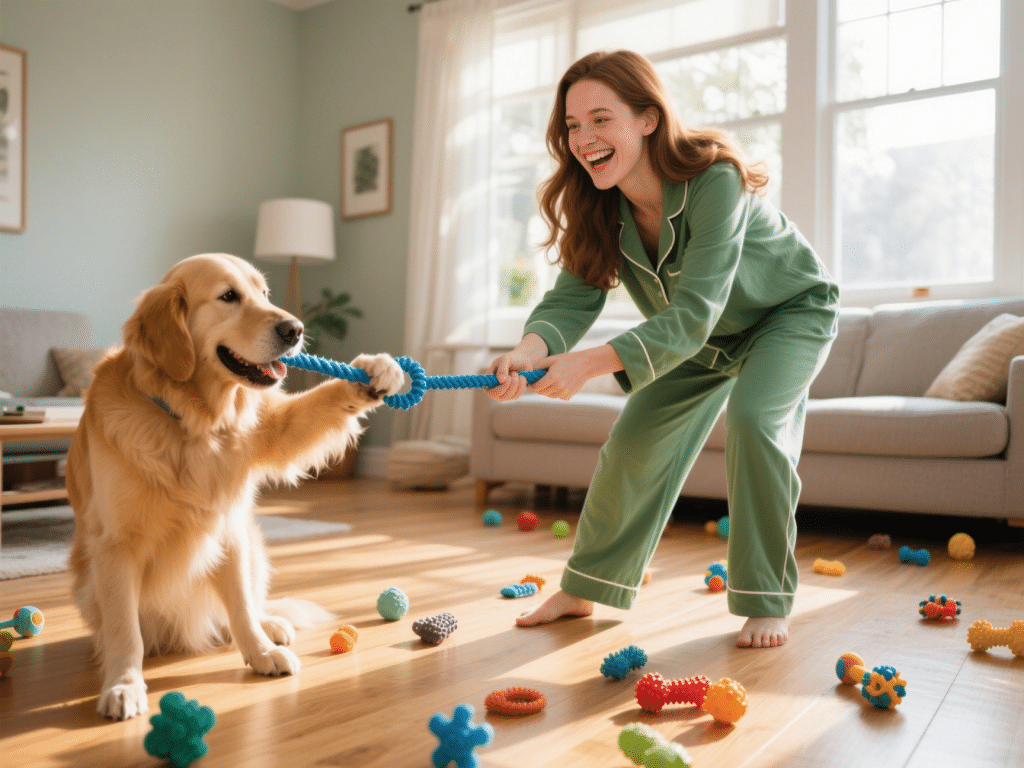
Choosing the Right Toys for Your Pet: What to Consider
Choosing the Right Toys for Your Pet: What to ConsiderSelecting appropriate toys isn’t just about ...
Read More →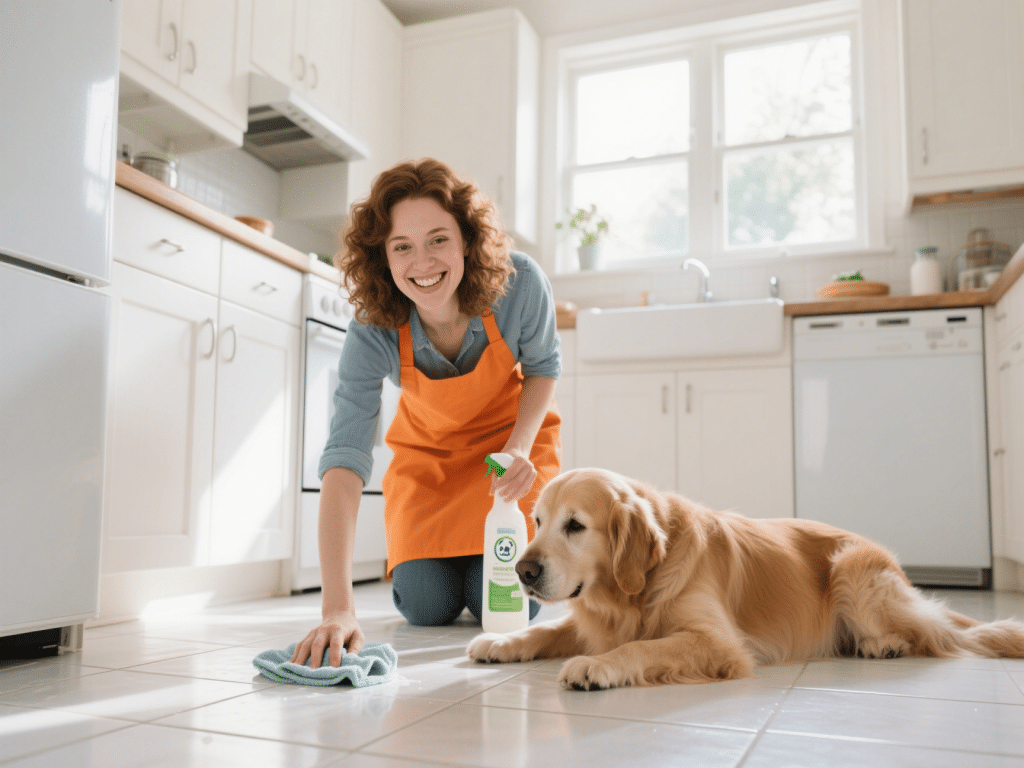
How to Maintain a Clean Home with Pets: Practical Tips and Proven Tricks
The Pet Owner’s Cleaning BlueprintLiving with pets brings joy but also unique cleaning challenges....
Read More →
The Importance of Socializing Your Pet: Best Practices for Puppies and Kittens
Why Socialization Matters for Young PetsProper socialization during the critical developmental windo...
Read More →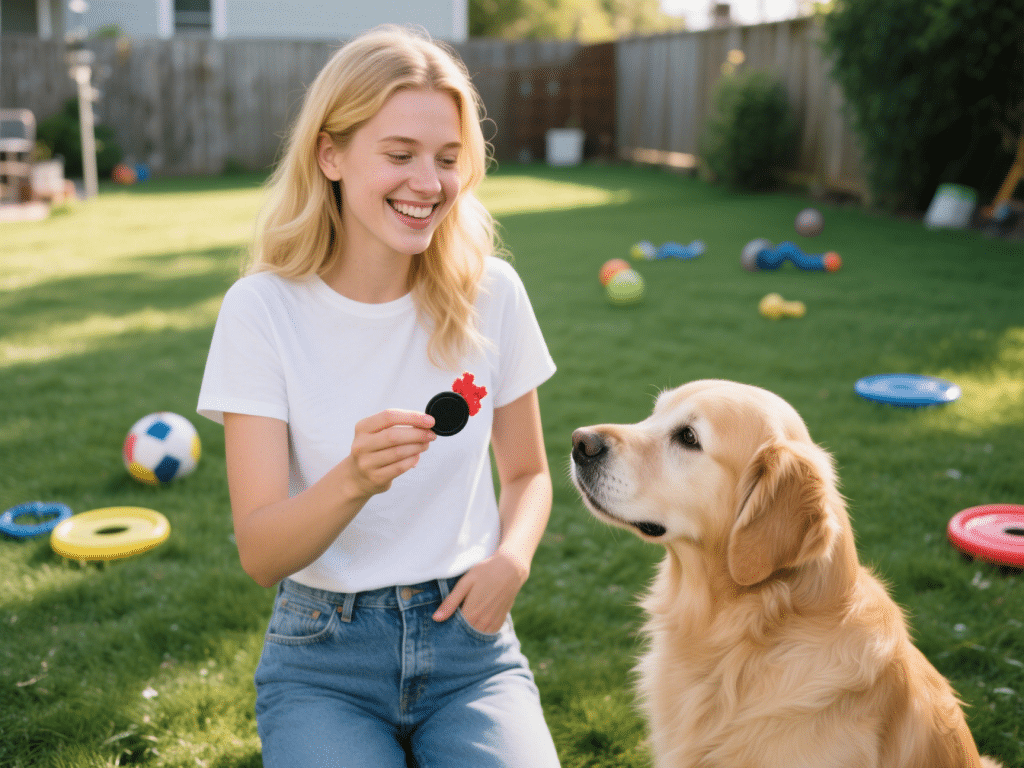
Training Your Pet: Effective Methods for Behavior Correction
Training Your Pet: Effective Methods for Behavior CorrectionAddressing unwanted pet behaviors requir...
Read More →
Comments on "The Dos and Don’ts of Pet Training: Common Mistakes to Avoid" :